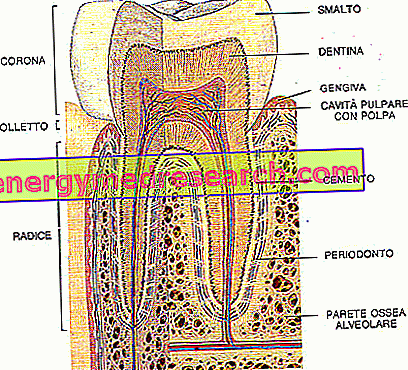Scroll down the page to read the summary table on the sixth disease
| Sixth disease | Infectious-viral pathology with benign course that affects infants aged between six months and two years |
| Synonyms | Critical exanthema, pseudorosolia, exanthematous fever of the three days, exantema subitum or rosolea infantum |
| Frequency of the sixth disease | The sixth disease is particularly frequent in certain periods of the year, especially during the intermediate seasons (autumn and spring) |
| Virus transmission | Aerogen: through direct contact with saliva or with the mucus of the infected patient |
| Causes of the sixth disease | Human Herpes Virus type 6B (HHV-6B), belonging to the Herpesviridae family |
| Virus infection mode | Attack on salivary glands, regional lymph nodes → reaching the histocyte reticulum → immune response |
| Sixth disease: target | Infants and infants aged between 6 and 24 months Infants under the age of six months are not affected by Herpes virus type 6, thanks to virus-specific antibodies transmitted by the mother |
| Risk factors in adults |
|
| Sixth disease: symptoms |
high fever, sore throat, cold, conjunctivitis, vomiting, catarrhal phenomena, diarrhea, nausea, mood modulation, irritability and swelling of the pharynx. Possible cases of lymphadenopathy
formation of reddish macules and papules spread throughout the body and irritability |
| Contagiousness of the sixth disease | The transmissibility of the sixth disease is greatest during the febrile phase |
| Evolution of the sixth disease | Virus incubation: 5-10 days (asymptomatic disease) Pre-exanthemic phase Exanthemia phase Often spontaneous regression of the disease after 2 days from the exanthem |
| Sixth disease: complications |
|
| Sixth disease: histological examination |
|
| Sixth disease: diagnosis |
|
| Sixth disease: therapies |
|
| Sixth disease: prevention | There is no preventive form or vaccines against the sixth disease |



